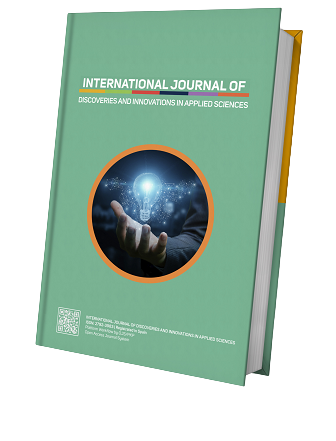Functional-Semantic Characteristics of the Language of the Work "Devoni Mirzo"
Keywords:
poetic speech, lexicon, anthroponym, toponym, military term, zoonym, ghazalAbstract
In the article, the functional-semantic signs of the lexical units used in the "Devon" of Muhammadrasul Mirza, who lived in Khorezm in the second half of the 19th century - the beginning of the 20th century, are highlighted on the example of anthroponyms, toponyms, military terms and zoonyms. used in the social-evaluative loading task has been studied. According to their use, anthroponyms in "Devon" performed both nominative and stylistic-expressive functions. In addition to the nominative function in Devon, it was used as an important methodological tool. The anthroponyms in the structure of the poet's epics, depending on the process of description, used Farhod, Yusuf, Shirin, Layli, Majnun, Bahrom and other human names to reflect the spirit of his artistry. Toponyms such as Chin, Misr, Rum, Hindu, China, Khorezm, Badakhshan, Yaman, Ummon, Khotan, Adan, Yemen, Rum, Hind, Kayqubad used in "Devoni Mirzo" served as a pragmatic expression of the beauty ideal of the creator. Also, the lexical words such as asir, ag’yor, dushman, raqib, tig’, lashkar, qalqon, o’q, yov, jallod, [captive, foe, enemy, rival, blade, army, shield, arrow, enemy, executioner], which participated in this historical text, were used figuratively to highlight the relationship between friend and enemy. The poet narrowed down the concept of zoonyms by using terms such as parrot, nightingale, spider, dog, sorrel, moth, owl, bird, and monkey, which were used to express the figurative meaning of "zoosemisms" and used to describe a person.




